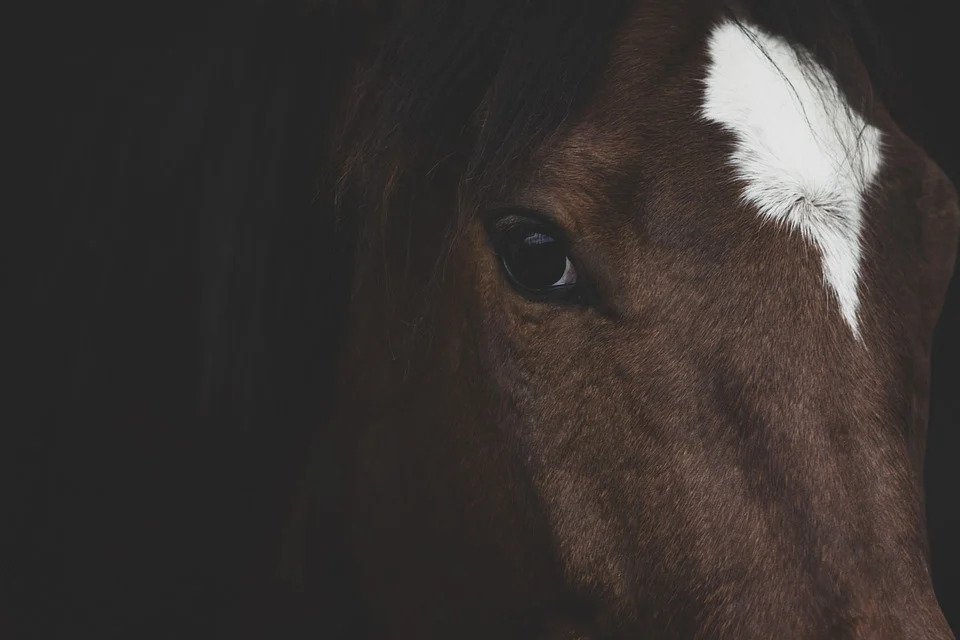Osteopathy – What is it and how does it help?
By Chris Bates
Osteopath (DO), Equine Therapist, and Lecturer at London College of Animal Osteopathy
What is osteopathy and its history? Let’s take a look!
Key Takeaways
- Osteopathy was developed during the late 19th century.
- Using osteopathy on animals gained popularity in the 20th century.
- Animal osteopathic treatment includes gentle techniques and lifestyle recommendations.
History of Osteopathy
Andrew Taylor Still (1828 – 1917) was a medical Doctor, Minister, Legislator, Inventor, and Author born in Virginia, USA. As a frontier man and serving as a physician in the Civil War, he was strongly affected by the failures of the medicine of the time.
He lost children and a wife to illness and was unable to help so many using the conventional methods used at the time. Through his deep study of anatomy and the natural world, he developed the philosophy and practice of Osteopathy and began teaching his work to students after the practice showed incredible results.
Osteopathy developed in line with the laws of the natural world. A patient-centered approach that focused on understanding the configuration of internal and external factors that led to the “condition” of the patient.
In Osteopathy, we talk about the condition of the patient, not a condition the patient has. If we see why the symptoms are correct, then we see how to resolve the configuration.
Osteopathy Today
Osteopathy is used and recognized all over the world and has practitioners who specialize in various spheres such as working with children, pregnancy, headaches, and of course, working with animals.
Osteopathy started to become popular in the treatment of animals in the 20th century and is continuing to grow more and more. Pioneers like Stuart McGregor D.O. (LCAO clinical director and lecturer) developed the practice and created training courses.
As the veterinary profession continues to see the value of Osteopathic care, highly trained and skilled practitioners are in high demand.
Why Animals Are Good Candidates for Osteopathy
Animals are excellent candidates for Osteopathic treatment. Osteopaths are well-versed in the physical, behavioral, emotional, and environmental factors that lead to altered function.
These factors are specific to each animal and each animal is treated as an individual. Osteopaths take the time to understand the animal as fully as possible to devise not only a treatment plan but also advise owners on safe and effective care.
Care includes gentle hands-on therapy, advice on feeding and lifestyle, exercise recommendations, and referral to appropriate practitioners such as nutritionists.
Osteopaths always work as a team with the veterinarian and within each country’s legal framework, always consult your veterinarian when you are concerned about your animal’s health.
You can learn more about Animal Osteopathy by getting in touch with the London College of Animal Osteopathy (LCAO).
For more information on LCAO’s program in animal osteopathy, click here

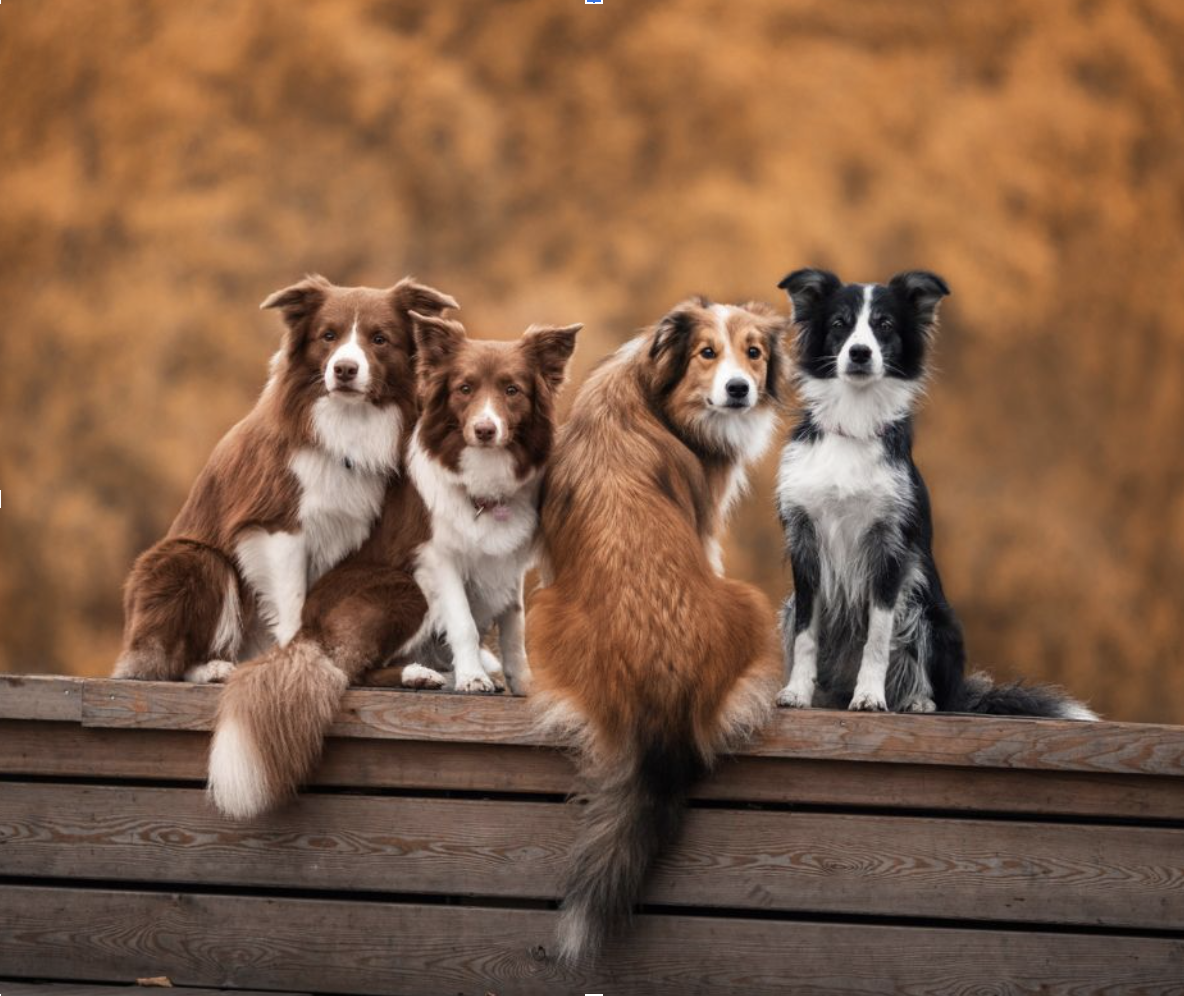
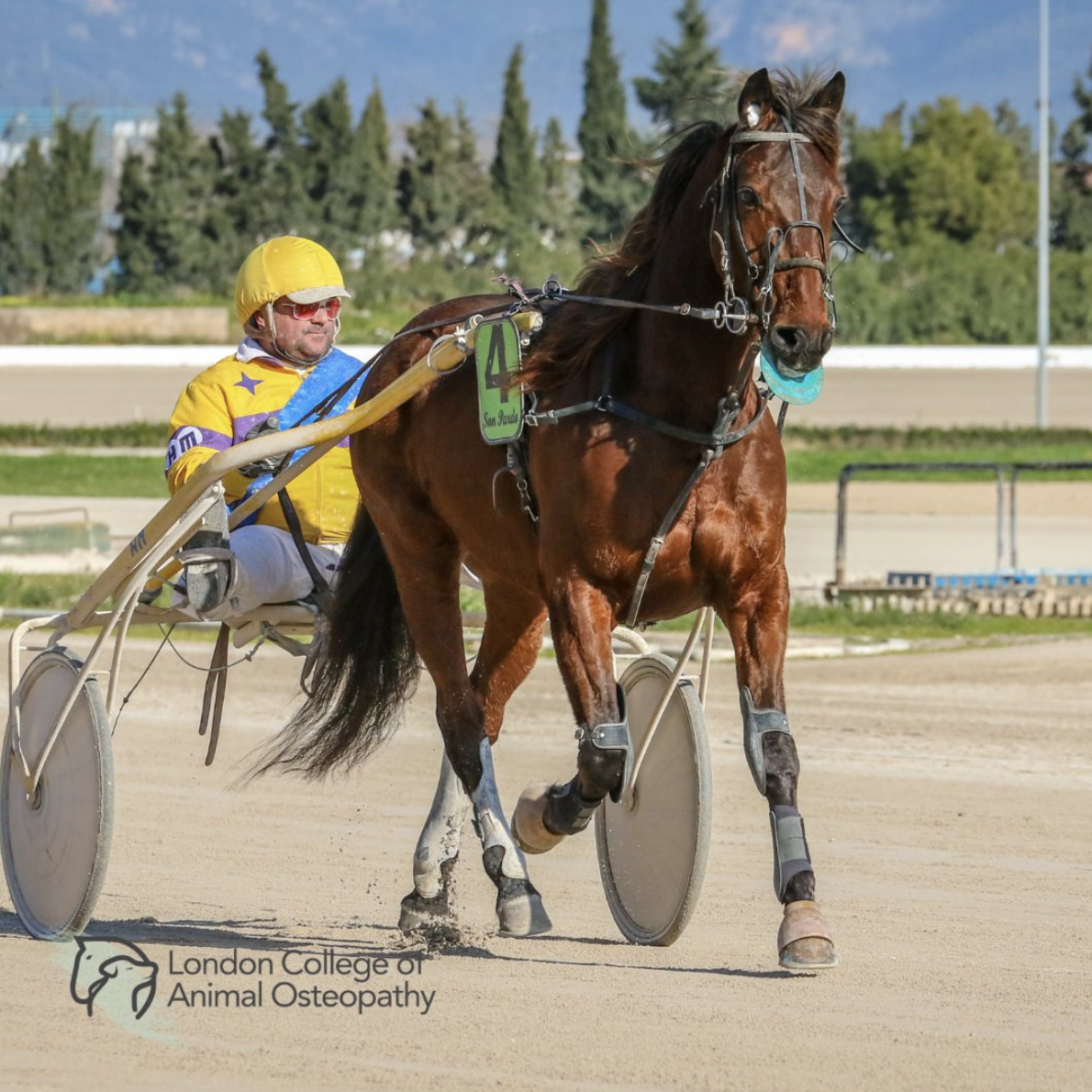
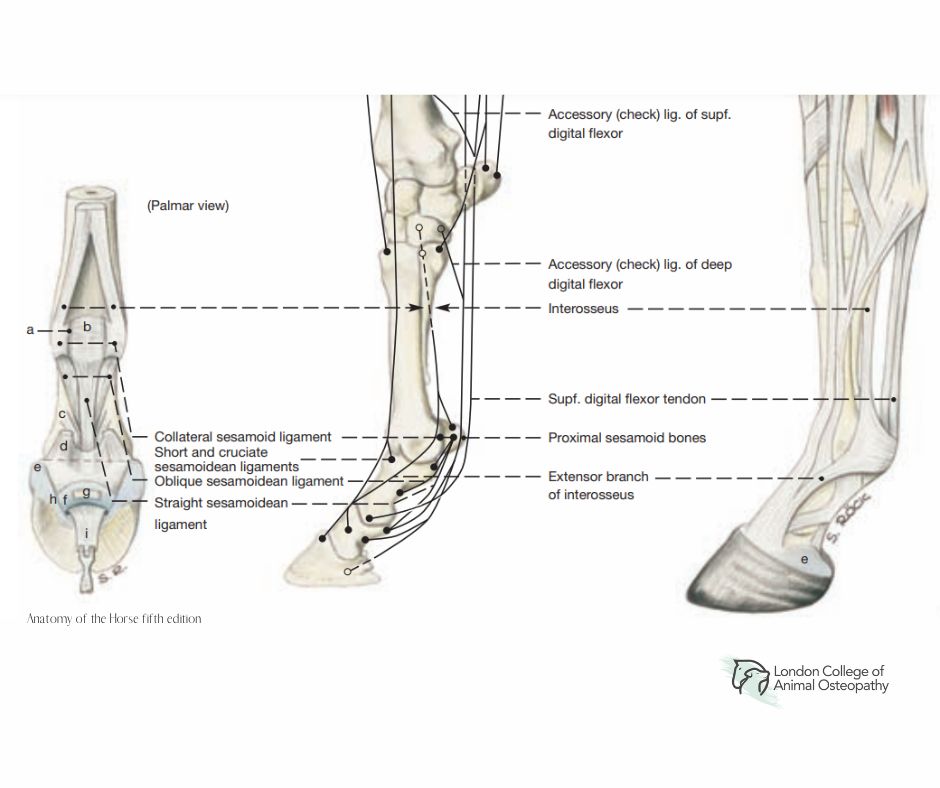
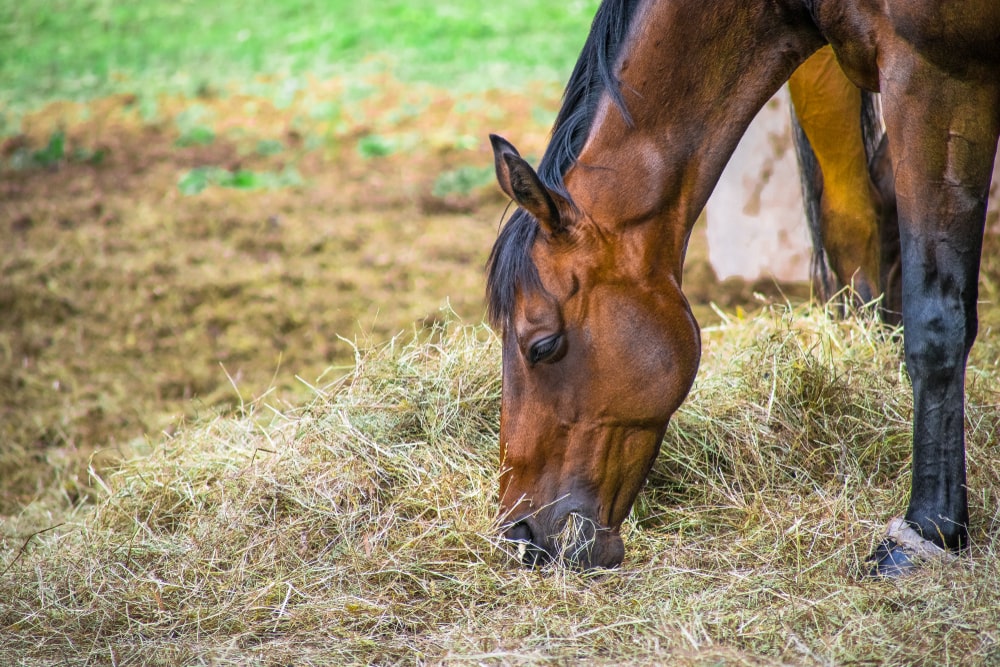
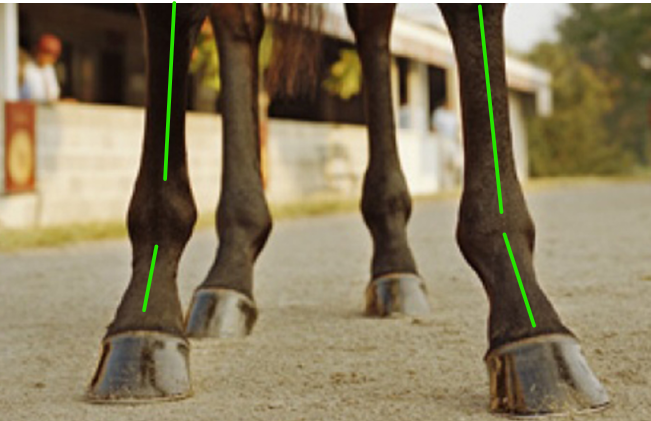








.png)
